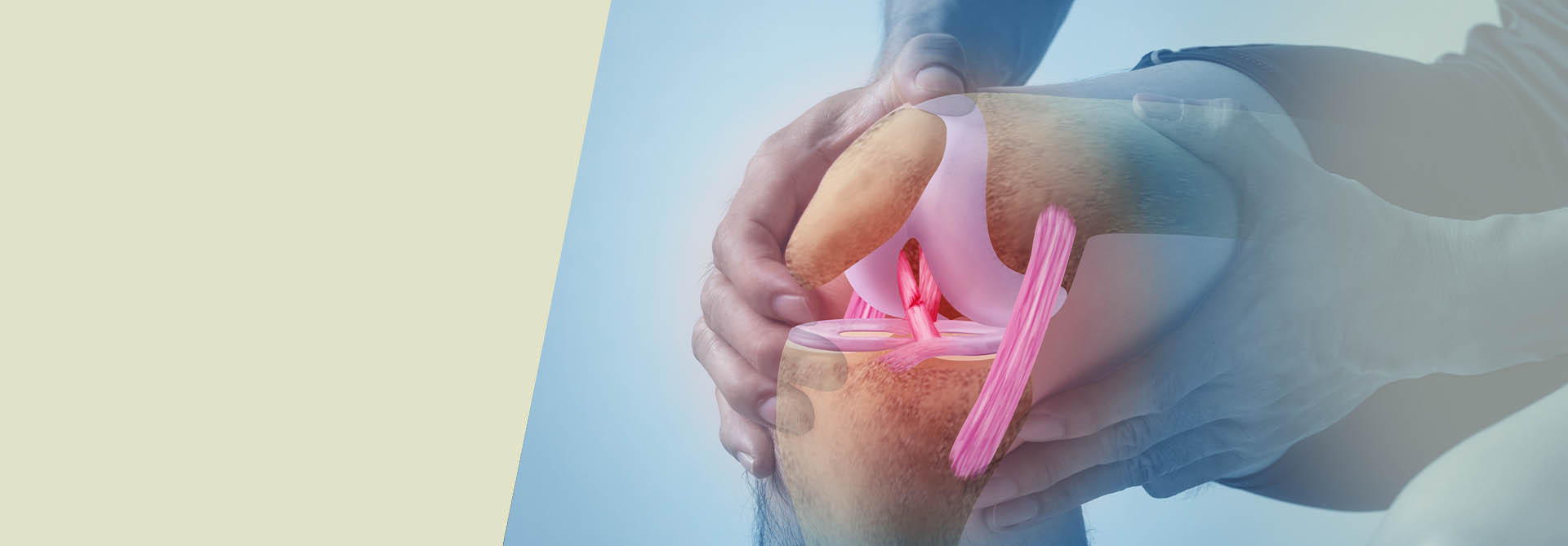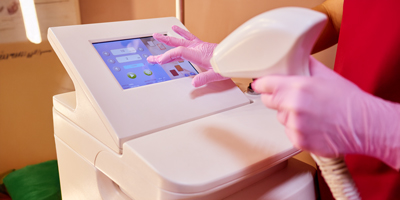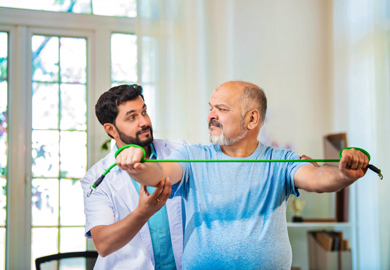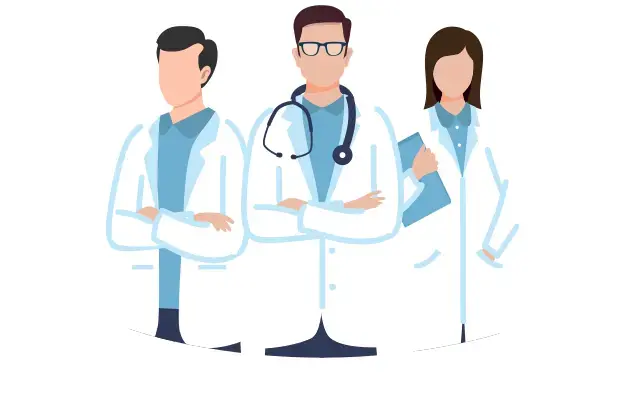You should see an orthopedic doctor immediately if you experience:
- A popping sound in the knee at the time of injury
- Sudden swelling within hours after the incident
- Severe pain that prevents movement
- Difficulty bearing weight on the leg
- Instability or the knee giving way during walking or sports
- Limited ability to bend or straighten the knee
Delaying treatment can worsen the injury, damage surrounding tissues like the meniscus, and increase recovery time.
You should see an orthopedic doctor immediately if you experience:
- A popping sound in the knee at the time of injury
- Sudden swelling within hours after the incident
- Severe pain that prevents movement
- Difficulty bearing weight on the leg
- Instability or the knee giving way during walking or sports
- Limited ability to bend or straighten the knee
Delaying treatment can worsen the injury, damage surrounding tissues like the meniscus, and increase recovery time.























